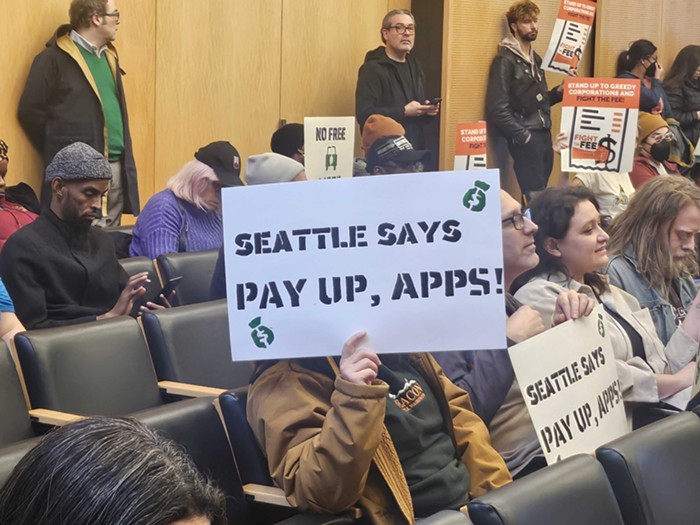Remainder books are books that a publisher, like Simon & Schuster, sells off cheap to retailers, like Amazon, to help liquidate inventory. The remainder books, which are marked with a black pen and may or may not come with additional damage, have usually been sitting in a publisher's warehouse too long. They may have been slow-selling titles or hardback copies that the publisher wanted to get rid of to make room for the paperback edition. Often retailers, like Amazon or Bailey/Coy Books, buy these leftover books super cheap and then mark them up. It's a common practice in the retail book industry. Michael Wells, book buyer for Bailey/Coy, sometimes purchases remainder books for as low as 50 cents each, and then marks them up to $2. "Because they're so cheap, they offer us a lot of flexibility in pricing," says Wells. (In fact, remainder books are a great way to make a profit, something Amazon has been struggling with.) However, Bailey/Coy, like most bookstores, always identifies the books as remainders. "We definitely let our customers know what they are buying," says Wells, who keeps the remainder books in a special section in Bailey/Coy and marks each title with a white sticker. Unfortunately, Amazon hasn't been as forthright.
In the case of Joe Dixon, buying remainder books under the assumption they were new may be an isolated incident. Unfortunately, Amazon has no system to prevent cases like Dixon's from happening again. There is no information or warning anywhere on Amazon's website that gives customers an informed choice before buying a black-slashed or damaged remainder book. Amazon has a section on its website for used books, but not remainders--they appear to be sold as new. Its web page for The Clickable Corporation advertises and presents it like a brand new book. The only clue that the book may be a remainder is the significant price reduction (The Clickable Corporation was marked down from $26 to $5.99). But most of Amazon's books are reduced in price--this is what makes Amazon an appealing company to consumers. In addition to the convenience of ordering books online, customers go to Amazon expecting new titles super cheap. When Joe Dixon ordered his books, he did so because he thought he was getting a great deal on a new book. True, many of the remainder books are in perfectly good condition, but how many customers have ordered books under false pretenses or received a marked book at their doorstep and said nothing?
After The Stranger called for comments about the discovery, Amazon spokesperson Patti Smith admitted the company error, and said Amazon is checking book inventories and making changes to the website immediately. "It was definitely a mistake on our part," says Smith. "We are working now to better communicate to the customer the exact condition of the book prior to ordering." Amazon says Joe Dixon's ordeal is an anomaly, and that customers can expect additional information about book titles within the week.


















